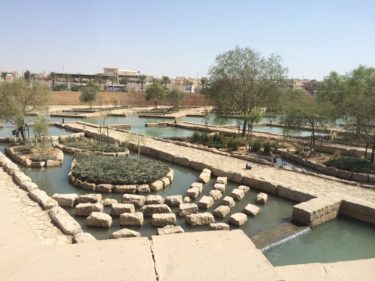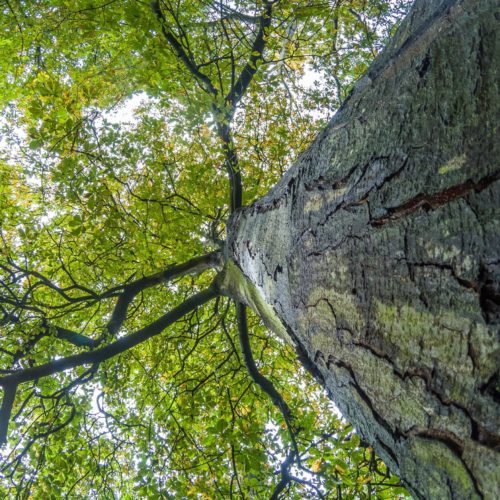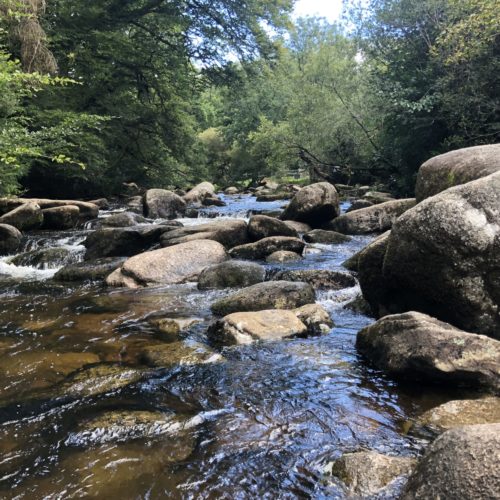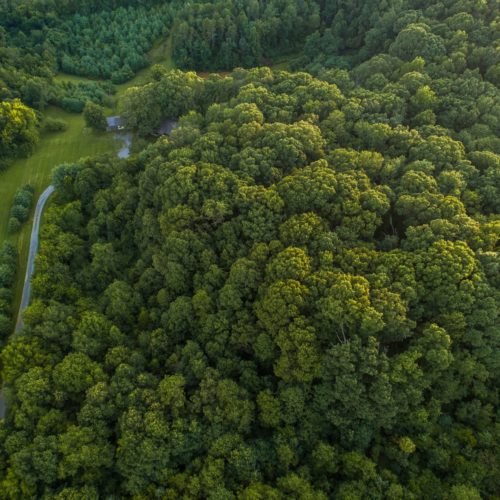Understanding the benthic environment requires an understanding of not just the biota, but also the physical environment.
Our team of specialists determine the physical properties of sediment using laser diffraction and graded sieves, providing quality particle size distributions, statistics, and sediment classifications for our clients.
Application of PSA
Laser particle size analysis provides information on sediment grain size and distribution – understanding this textural data can help to characterise aspects of the physical environment such as erosion, deposition and transport rates. We also use this data with our knowledge of benthic macroinvertebrate communities to build up a picture of habitat types (biotopes) within the sample area.
Sample analysis
Our analytical laboratory is fully equipped for the processing of large numbers of sediment samples, ensuring secure work flows and sample integrity.
Samples are analysed according to NMBAQC Scheme Best Practice Guidance and we participate in the NMBAQC PSA ring test to ensure the accuracy of the data we produce. Using standard (ISO3310-1/BS410-1) half-phi sieves we grade sediments according to the current specification from Cefas. We are able to provide data directly to our clients, and where required provide statistical analysis and data interpretation.
In the marine environment, there is a strong relationship between the sediment type and the biological communities present in a given habitat. We determine particle size distributions and use the data in combination with our faunal data to characterise environments into biotopes. This allows us to assess the conservation value of a region, which is important for licensing activities in the marine environment.
The results of our surveys can be used to assess the development proposals against a range of national and European legislation, including the Wildlife and Countryside Act, the EIA Directive, the Habitats Directive, as well as local and national planning policy.
















